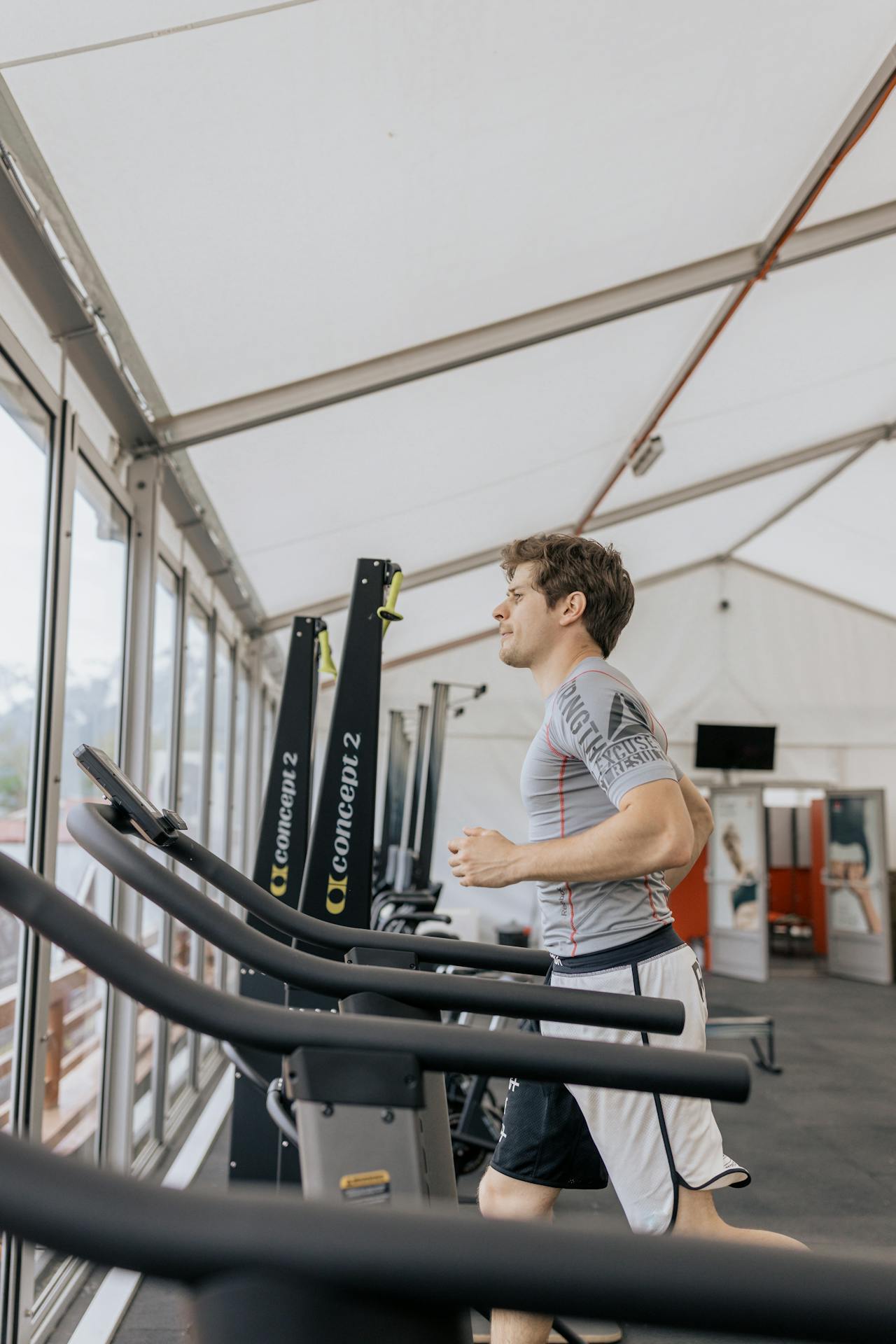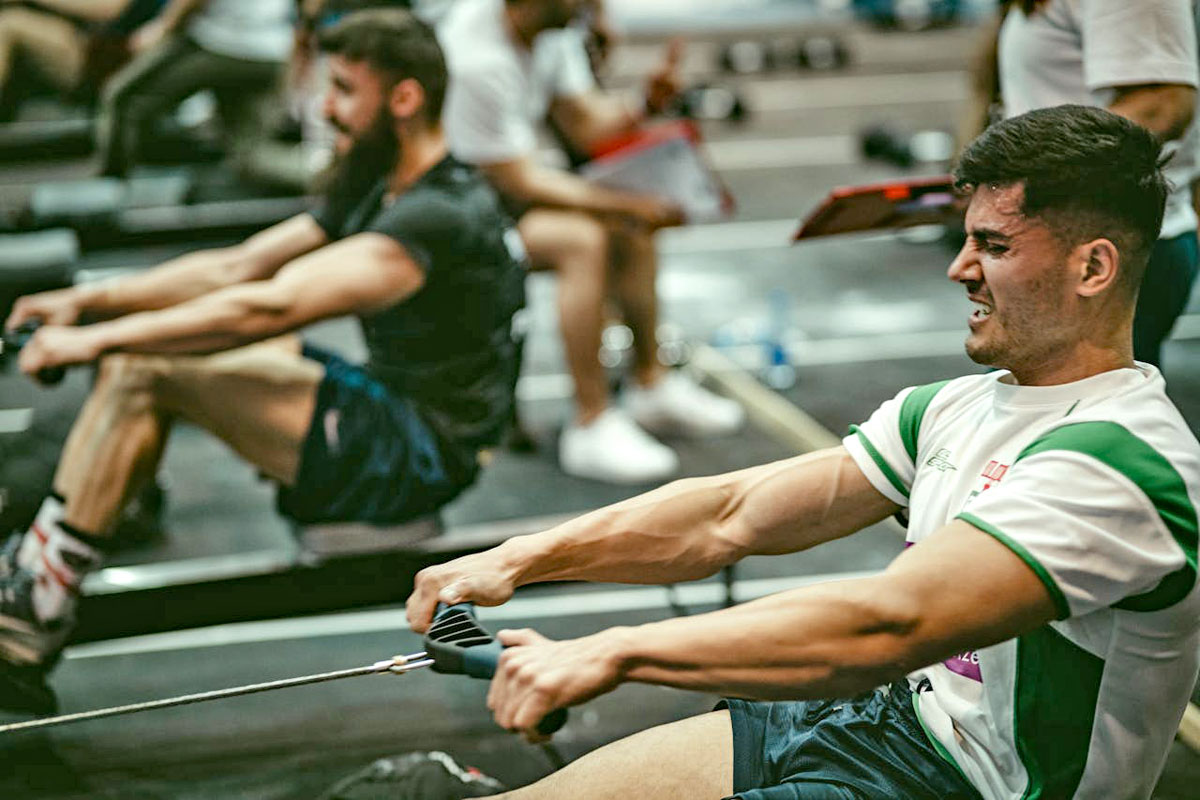New clients often ask me what the correct heart rate training zone should be for fat loss. Recently, I’ve seen forums claiming that staying in the 120–135 bpm zone is ideal for losing fat. This rationale stems from the fact that during low-level activity, our bodies tend to use a higher percentage of fat as a fuel source. While maintaining this pace for 20–30 minutes offers some weight loss and conditioning benefits—particularly for older individuals or those with physical restrictions—the caloric expenditure is simply too low to make a significant impact.
Let me start by emphasizing that anyone considering a vigorous exercise program should first consult with a physician. Once you’ve done that, it’s time to focus on maximizing your calorie burn within your available time. The principle is simple: a calorie burned is a calorie not stored on your body. Moderate to high-intensity exercise primarily burns carbohydrates in the form of glucose or glycogen stored in your muscles, blood, and liver. Glycogen, when used alongside oxygen (hence the term “aerobic exercise”), converts efficiently into energy that powers your activity.
The good news is that even during high-intensity workouts, your system continues to burn some fat for fuel while sparing carbohydrates for other bodily functions. The real magic happens post-exercise: the carbohydrates you’ve burned must be replaced, which means the food you eat afterward replenishes glycogen stores rather than being stored as fat.
Why Interval Training Is Your Best Bet
If your goal is fat loss or improved conditioning, interval training is a game-changer. Start with a 5–10 minute warm-up to prepare your body. Then, vary your pace with intervals—alternate between walking and running, jogging and sprinting, or using flat terrain and hills. For instance, you could walk briskly for two minutes, then jog for one. Over time, as your fitness improves, you can extend the duration or intensity of your high-effort intervals.
Interval training not only burns more calories during your workout but also boosts your afterburn effect. This means your body continues to burn calories at an elevated rate even after you’ve finished exercising. Compared to conventional steady-state cardio, intervals are far more effective for both fat burning and overall fitness gains.
Tracking Your Heart Rate
To optimize your workouts, it’s essential to monitor your heart rate. Place your index and middle fingers gently against your windpipe to find your pulse. Count the beats for 10 seconds, then multiply that number by six to determine your heart rate. Alternatively, invest in a reliable heart rate monitor for more accurate, real-time data.
Your theoretical maximum heart rate is calculated as 220 minus your age for men and 226 minus your age for women. Light-intensity exercise typically falls below 65% of your maximum heart rate, while high-intensity effort exceeds 85%. Staying within these ranges allows you to tailor your workout intensity to your goals.
Keep Your Routine Fresh
To avoid stagnation, it’s crucial to vary your training methods regularly. Incorporate different types of exercises, adjust your interval timings, or experiment with new terrains and equipment. This not only keeps your workouts exciting but also challenges your body in new ways, ensuring continued progress.
In summary, effective fat loss requires a combination of smart exercise strategies and consistency. Focus on burning the maximum calories you can during each session, embrace interval training, and monitor your heart rate to ensure you’re working at the right intensity. By adopting these practices, you’ll not only shed fat but also improve your overall fitness and well-being.













